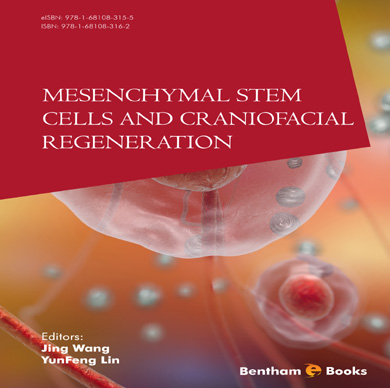Abstract
Since it was first demonstrated that induced pluripotent stem cells (iPS cells) could be derived from mature cells, significant progress has been made in the field of acquisition, characteristics, identification and application of iPS cells. Until now, diverse means have been proven to generate iPS cells successfully in many biological species and more cell types. Meanwhile, researchers continue to target the efficiency of induction. To identify the characteristics of induced pluripotent stem cells and attest to their pluripotency, one must verify the expression of new derived stem cell genes and proteins, doubling times, methylation patterns, teratoma formation, embryoid body formation, viable chimera formation and capacity to differentiate into all cell types. In other words, induced pluripotent stem cells are theoretically similar, or even same, to natural pluripotent stem cells, for instance embryonic stem (ES) cells. Furthermore, iPS cells have the potential to take the place of ES cells eventually, from which numerous ethical difficulties arise for the treatment of a mass of diseases, for use in therapeutics for drug discovery, disease modeling and regenerative medicine, etc. However, many problems exist as barriers to clinical transformation, including risk for induced oncogenesis and the stability of reprogramming. Here we summarize the current acquaintance of iPS generation and evaluate the advantages and disadvantages of their applications in clinical medicine.
Keywords: Biological safety, Biometric identification, Cellular biological properties, Cell differentiation, Cellular reprogramming, Induced pluripotent stem cell, Investigation of drugs, Pluripotency, Regenerative medicine.






















